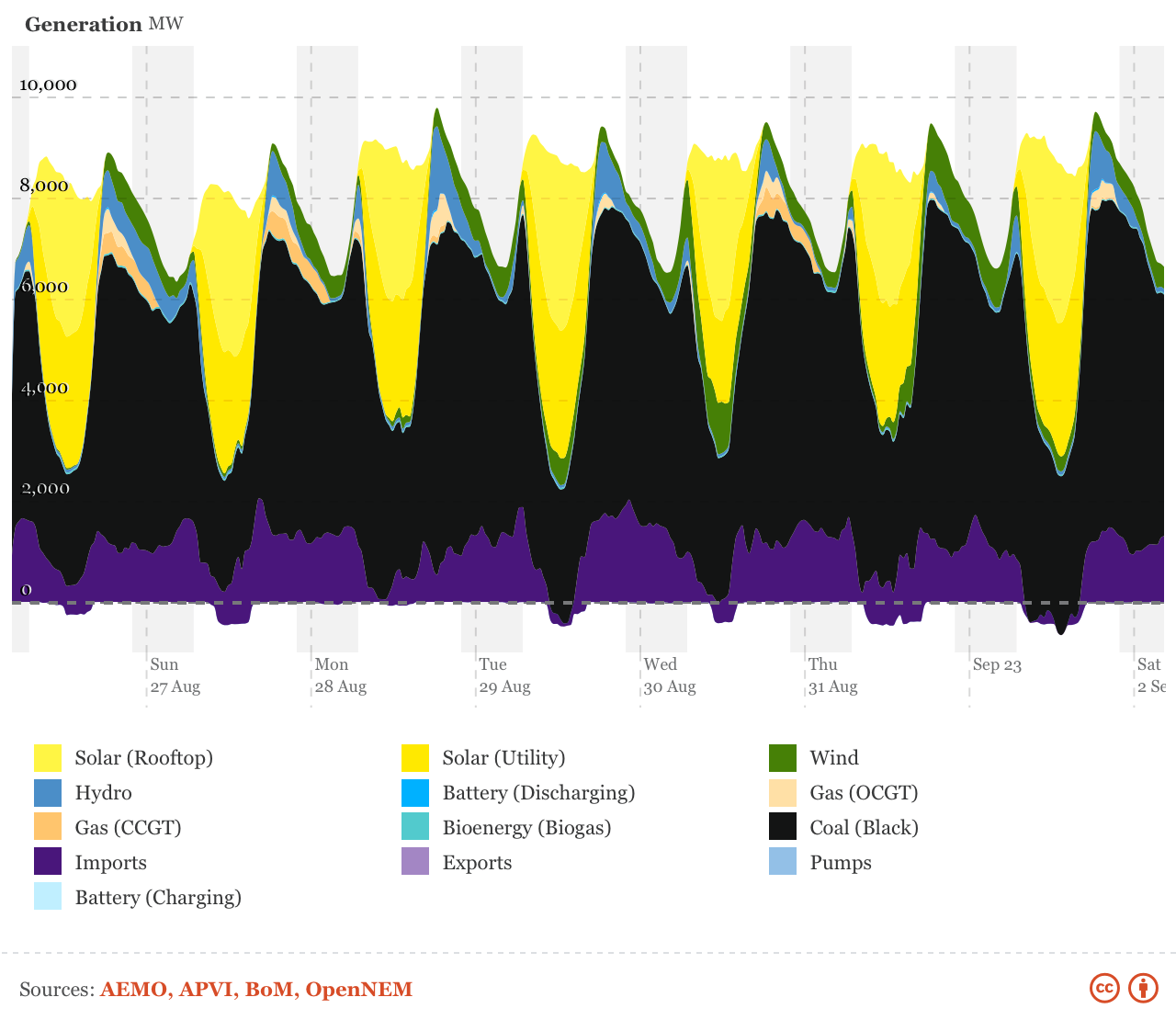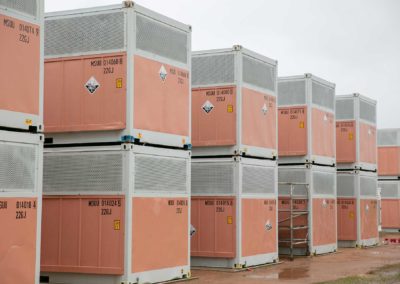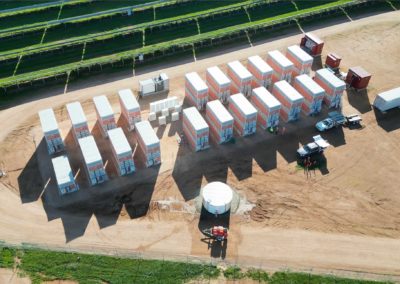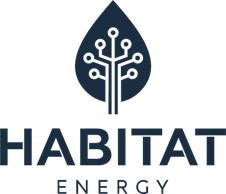Spencer Energy
Delivering Australia’s First Dispatchable Solar Power Plant
Port Pirie, South Australia now plays host to one of the world’s largest solar-powered vanadium flow batteries (VFB) as part of an innovative $22m AUD project which uses an 8 MWh Invinity VFB combined with 6 MWp of solar panels to unlock low-cost, low-emission energy for the Australian grid, producing approximately 10 GWh of dispatchable solar power each year.
The Spencer Energy Project is the brainchild of South Australian entrepreneur and landowner, Andrew Doman, Chairman of the Yadlamalka Energy Trust who developed the project.
The Brief
As Australia is increasingly shifting towards a cleaner energy grid, the benefits of adding storage to renewable generation are becoming ever clearer. In late 2020, South Australian entrepreneur and landowner Andrew Doman commissioned a highly innovative solar + storage project at a site in South Australia that once installed, would be a first of its kind in the entire country. Keen to use vanadium flow batteries, a technology that has its development roots in Australia through the work undertaken by Prof Maria Skyllas-Kazacos at the University of New South Wales, Andrew contracted Invinity to supply an 8 MWh VFB to unlock low-cost, low-emission energy for the South Australian grid.
solar array
Coupled with an
Invinity VS3 VFB
Capable of dispatching up to
Clean solar power annualy
Services provided by the battery will include:
Morning price arbitrage
Storing low-cost energy from the grid overnight, discharging into the morning price peak.
Solar shifting
Storing excess solar generation during the daytime when prevailing market prices are low and discharging into the evening price peak.
Frequency Control Ancillary Services (FCAS)
Performing frequency control services for the local grid receiving an availability payment
The Result
Supported by the Australian Renewable Energy Agency (ARENA), construction of both the solar PV array and the double stacked VFB system was completed in mid-2023. This major milestone was celebrated with a site open day on 21 June 2023 that was attended by the Mayor of Port Pirie, Leon Stephens and Rhiannon Pearce, MP for King in the South Australian House of Assembly, alongside members of the press and other energy industry guests.
Unlocking Australian Renewable Potential
Australia’s rapid uptake of renewable energy in recent years has driven the need for investment in flexible energy storage technologies to manage the variable output from those generation sources and the phenomenon originally called the Duck Curve, but which has the potential to become a Canyon Curve in the future. The chart below demonstrates this effect in action:

As increasing numbers of coal plants in Australia are being retired earlier than expected, there is a very large generation gap to fill. Scalable, factory-produced vanadium flow batteries can be deployed quickly and at large MWh scale alongside existing or new renewable generation sites to dispatch excess renewable energy into the grid and accelerate the transition to the net zero grid of the future.
Partners
Interested in Finding Out More?
If you’re a utility, developer, EPC, or financier please contact our commercial team to discuss the details of your project. We work with you to develop a robust business case and financial model.








